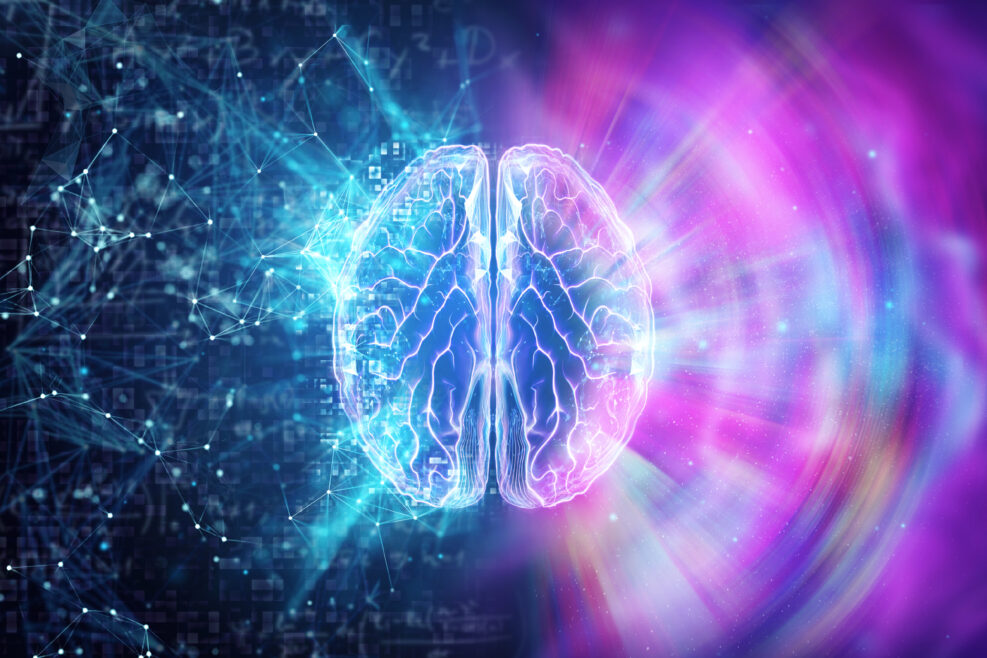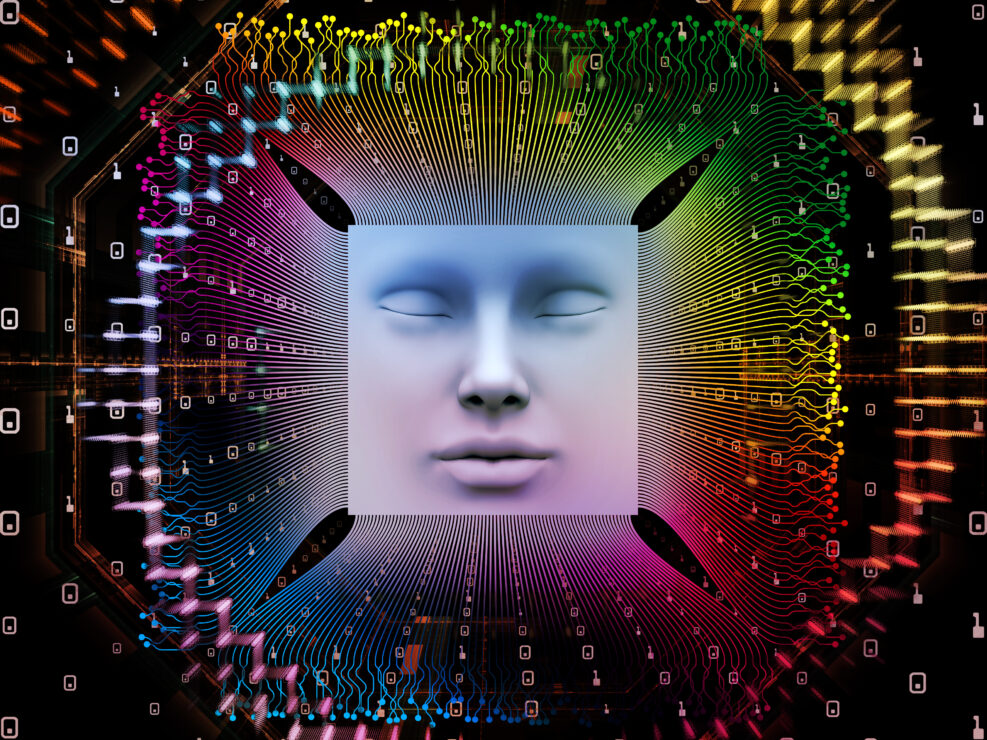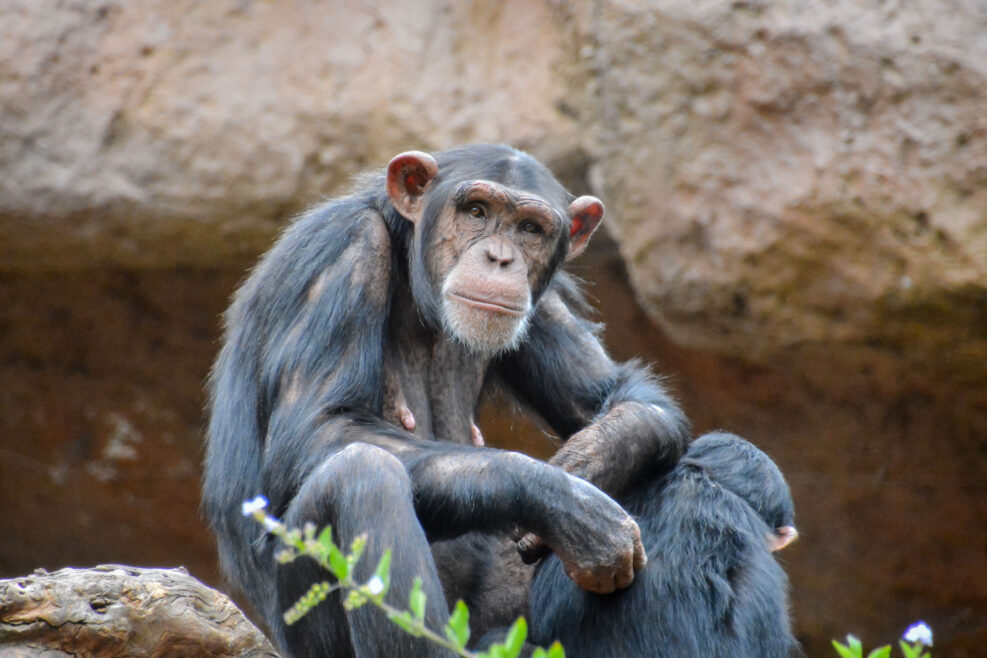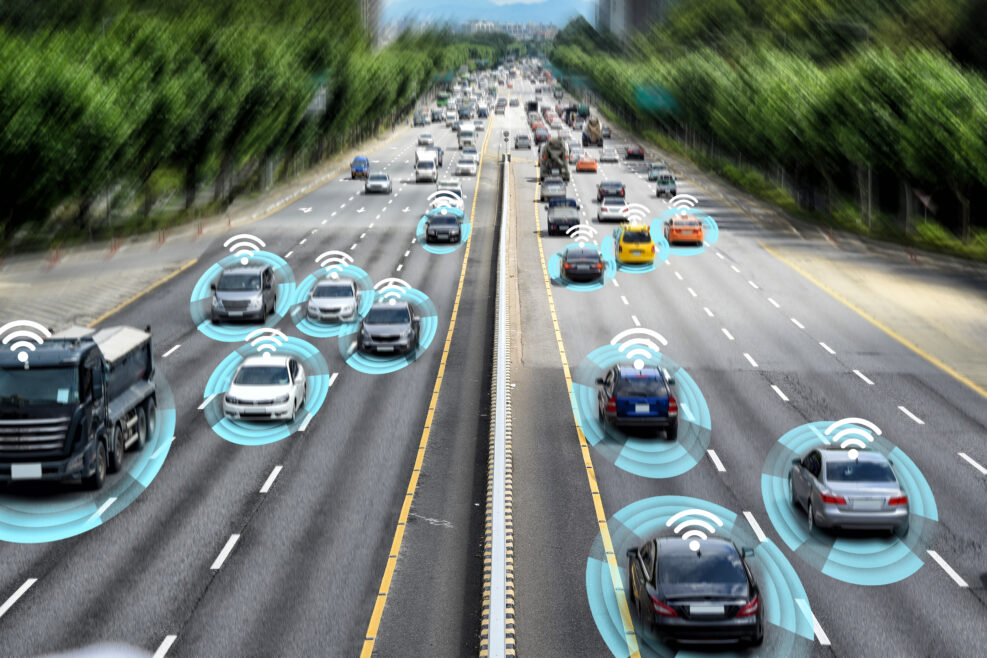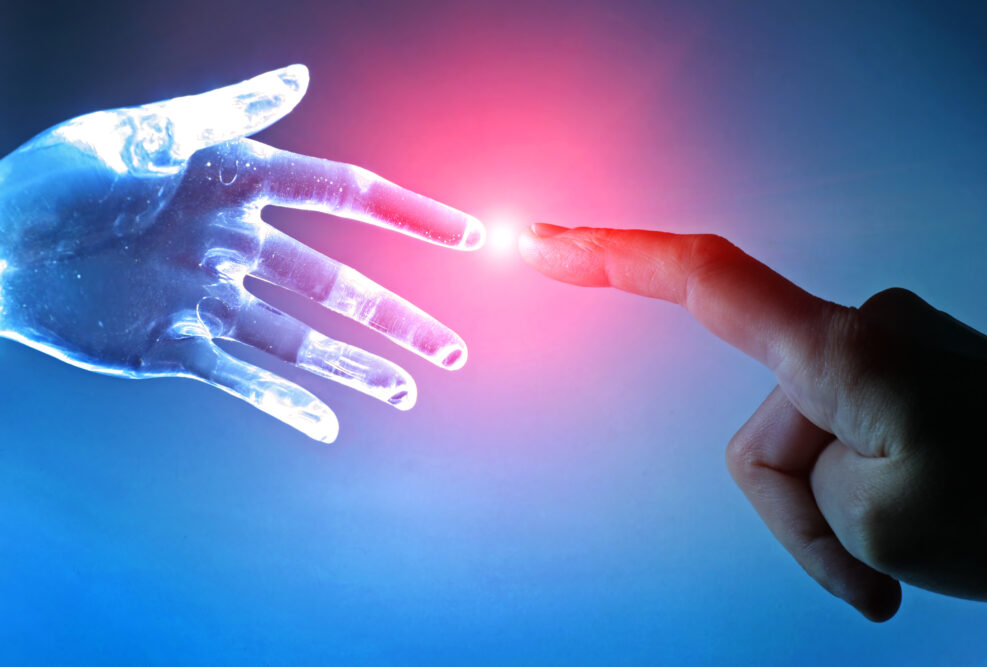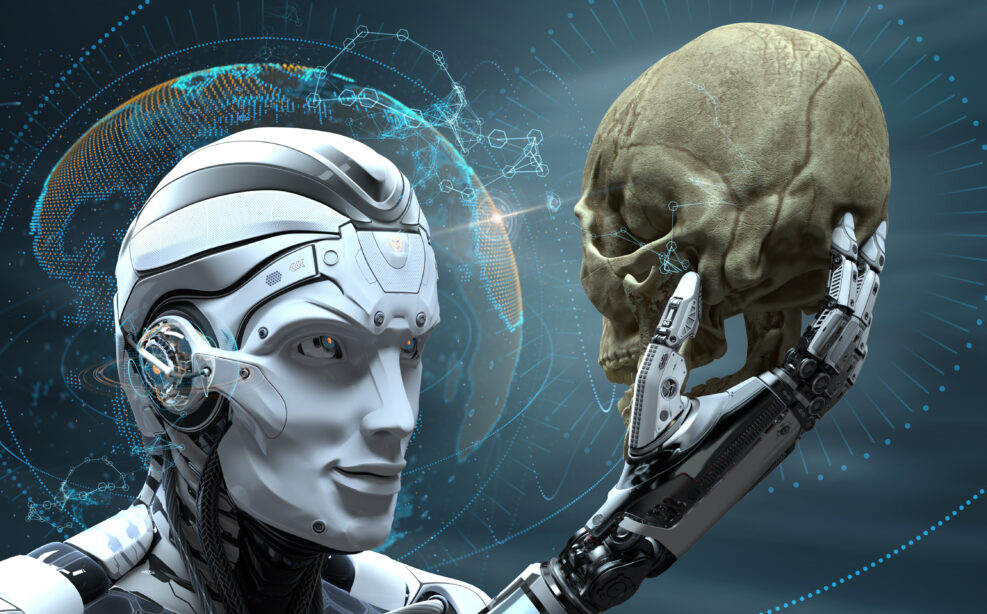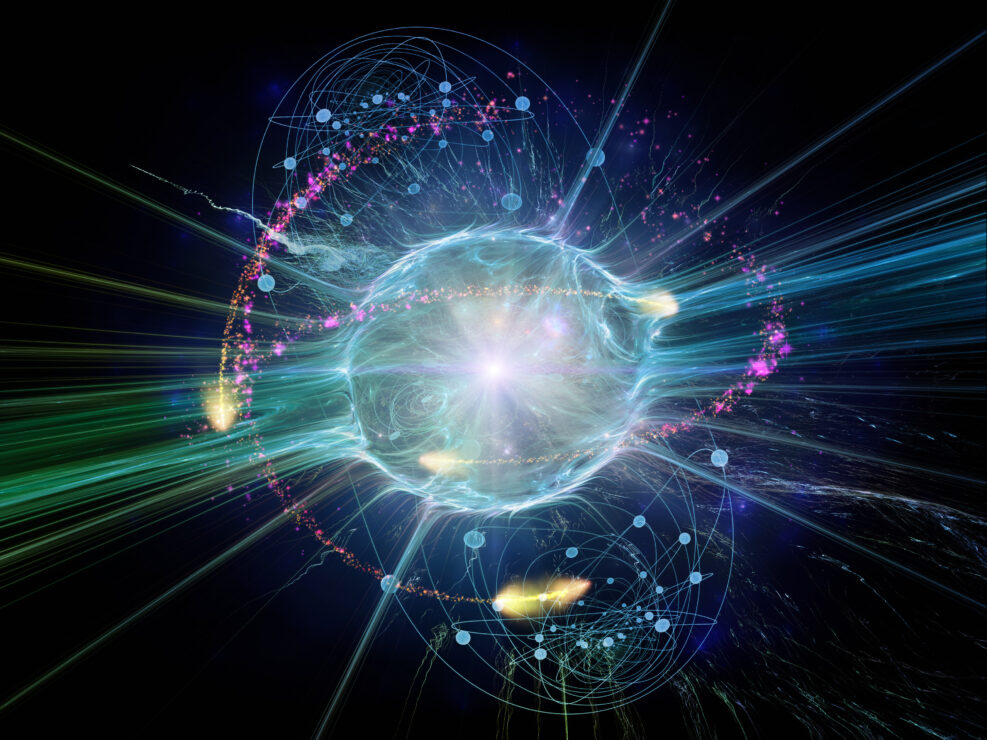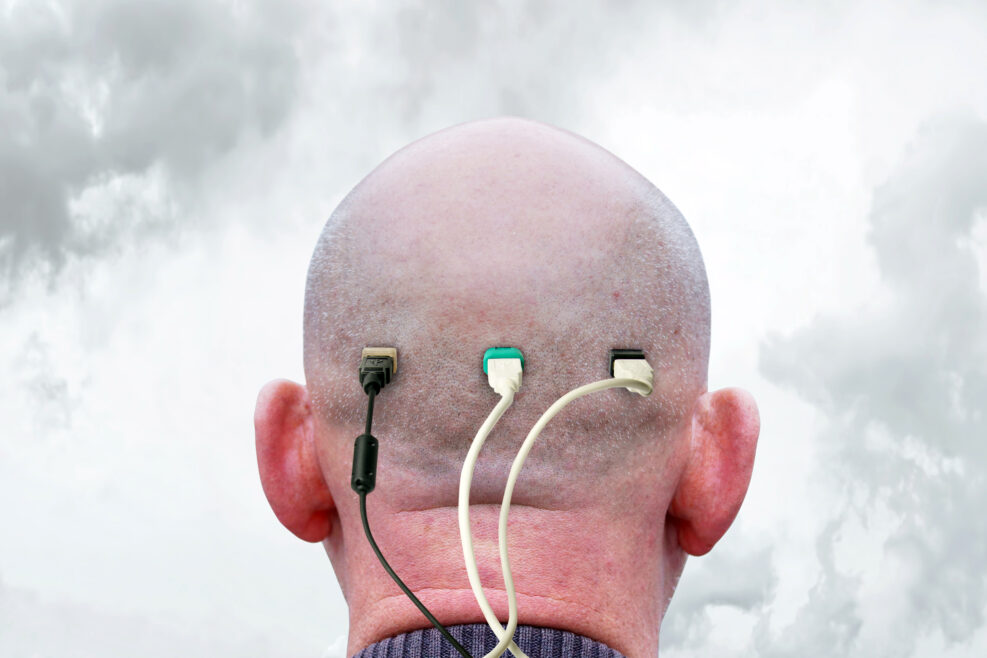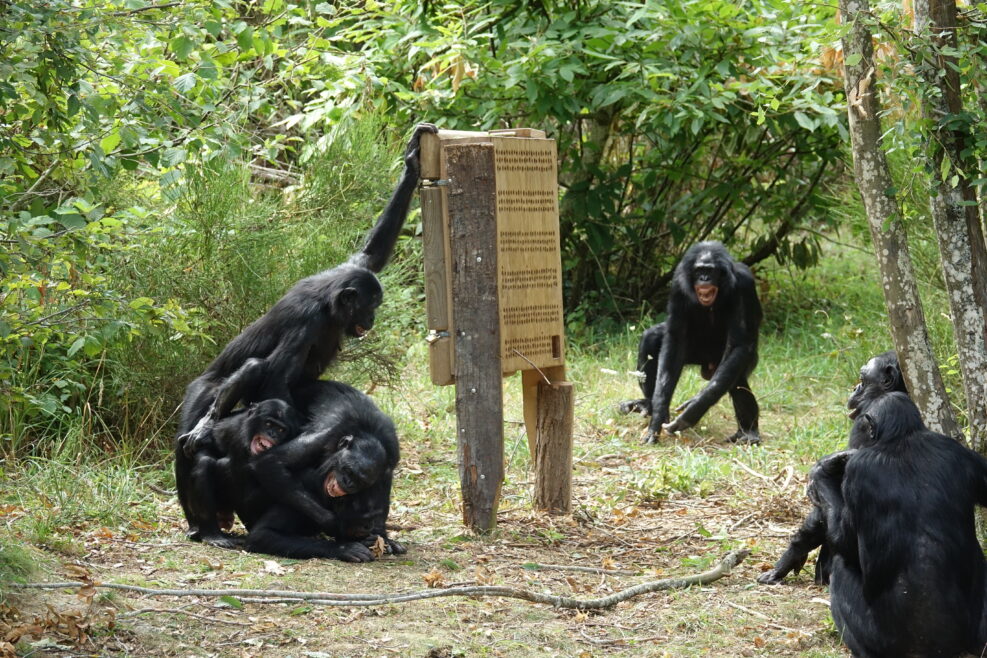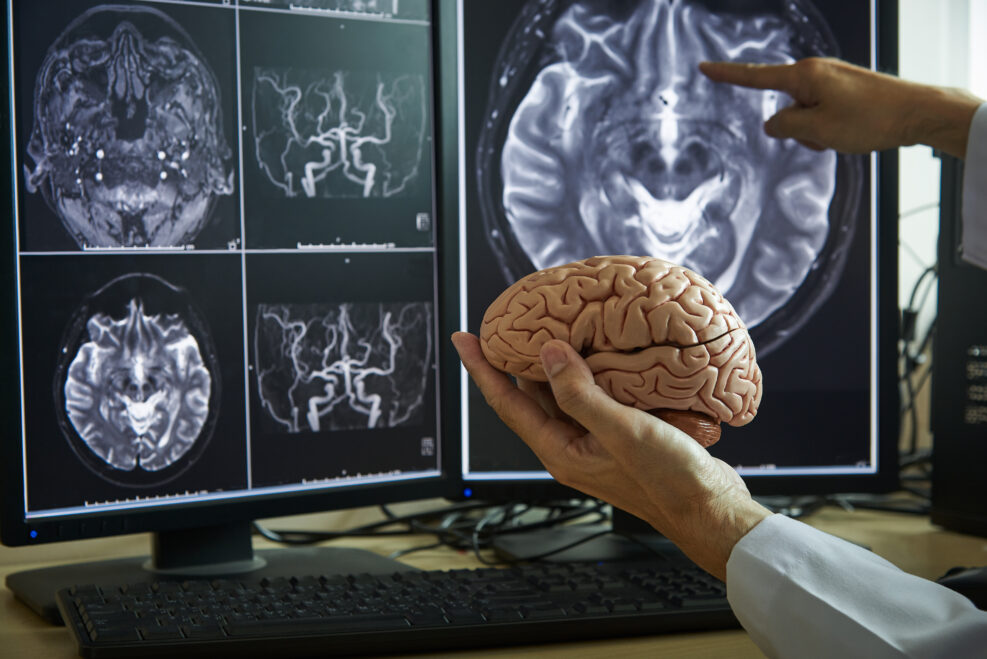
What Neuroscientists Now Know About How Memories Are Born and Die
Where, exactly are our memories? Are modern media destroying them? Could we erase them if we wanted to?At one time, neuroscientists believed that there must be a “seat” of memory in the brain, something like a room with a door marked Memory. They settled on two structures called hippocampi, on either side of the brain’s base. The illustration shows the the hippocampus of the right hemisphere (public domain). But memories turned out to have no fixed address. Neuroscientist Matthew Cobb, author of The Idea of the Brain (2020, excerpt here), tells us, But the hippocampuses are not the site of memory storage. Rather, these brain regions are the encoders and the routes through which memory formation seems to pass. The memories that are processed by the hippocampuses seem to be distributed across distant regions of the brain. Read More ›
